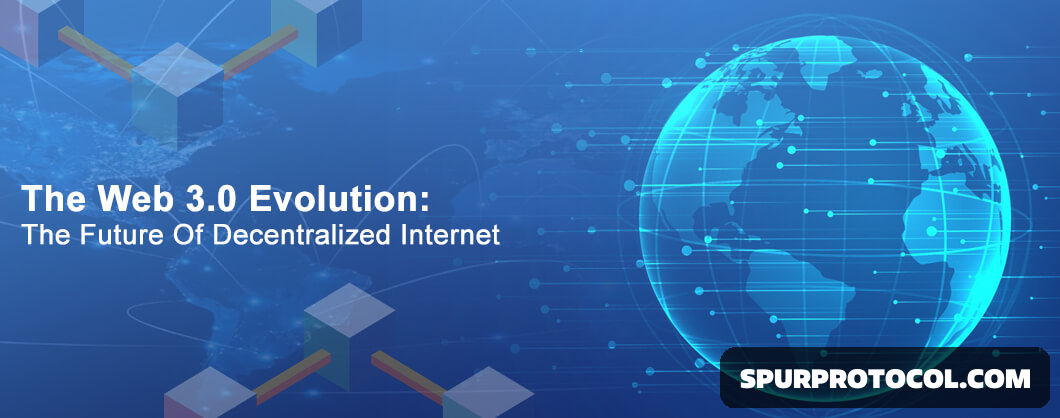Web3: The Decentralized Internet Of The Future
The internet has been evolving rapidly, from its humble beginnings as a tool for sharing information to becoming a vital part of everyday life. Today, the next leap forward is upon us: Web3. Known as the decentralized internet, Web3 is poised to redefine how we interact online, offering enhanced privacy, security, and user ownership.
Go Back

🕒 7:45 PM
📅 Jan 17, 2025
✍️ By SpurProtocol
What is Web3?
Web3 refers to the third generation of the internet, built on blockchain technology. Unlike Web2, which is dominated by centralized platforms and corporations, Web3 emphasizes decentralization. In this new paradigm, users control their data and identity, and peer-to-peer interactions replace intermediaries.
Key Features of Web3
- Decentralization: Web3 operates on blockchain networks, where no single entity has control. This ensures transparency and reduces the risk of data manipulation.
- User Ownership: Users own their data and digital assets. Technologies like decentralized identifiers (DIDs) and wallets enable this control.
- Smart Contracts: These self-executing contracts automate agreements, removing the need for intermediaries.
- Interoperability: Web3 applications (or dApps) are built to work across different platforms and blockchains, ensuring a seamless user experience.
Benefits of Web3
- Data Privacy: With decentralized systems, users decide who can access their data.
- Financial Inclusion: Web3 enables borderless financial services via cryptocurrencies.
- Censorship Resistance: Decentralized platforms are less prone to censorship by governments or corporations.
Real-World Applications of Web3
- Finance: Decentralized Finance (DeFi) platforms offer lending, borrowing, and trading without traditional banks.
- Content Creation: Platforms like Audius and Mirror allow artists and writers to earn directly from their audience.
- Gaming: Blockchain-based games such as Axie Infinity give players real ownership of in-game assets.
Challenges Facing Web3
Despite its promise, Web3 faces hurdles such as scalability, user experience, and regulatory concerns. Scaling blockchain networks to handle millions of users remains a challenge, and navigating the legal landscape of decentralized platforms is still complex.
The Road Ahead
Web3 represents a bold vision for the internet, emphasizing user empowerment, fairness, and innovation. While challenges persist, ongoing advancements in blockchain technology and user adoption continue to bring Web3 closer to reality.
To learn more about Web3, visit resources like:
